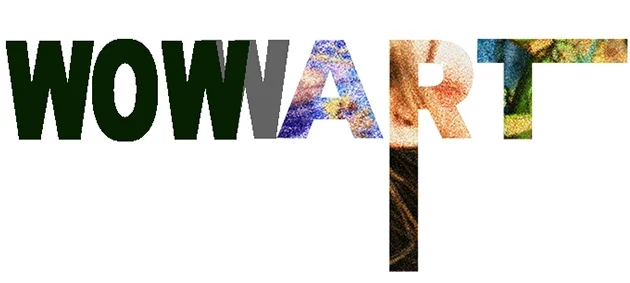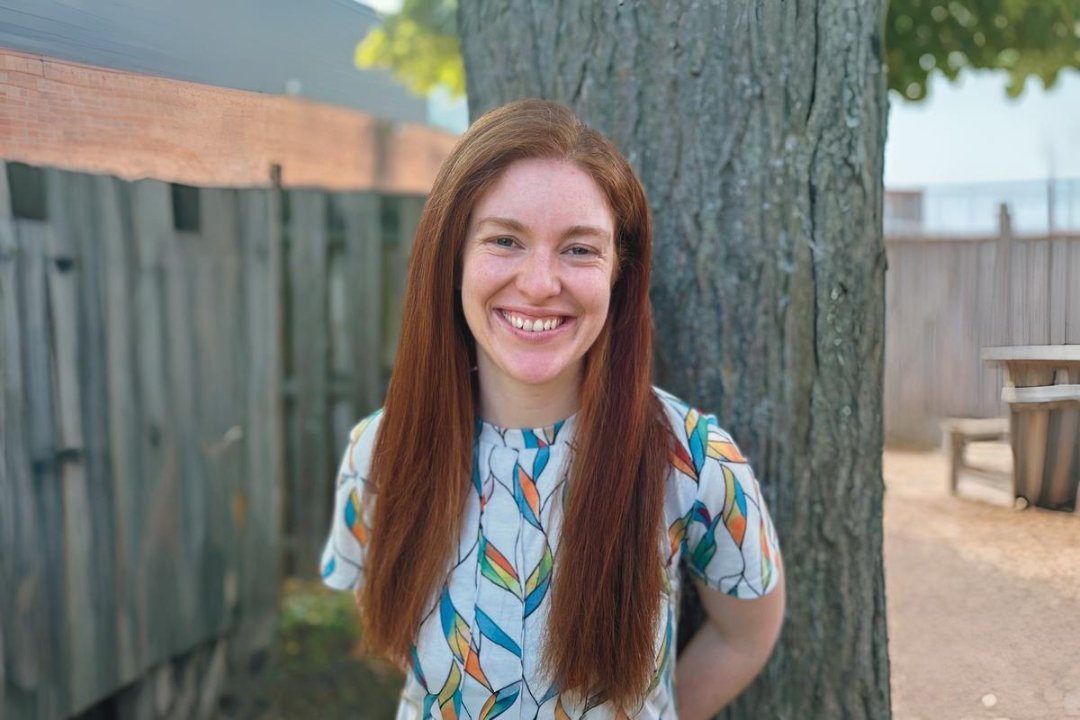Kristel Baldoz Embodies the Intersection of Identity, Labor, and Art

Photo: Kristel Baldoz transforms art into a medium of resistance, creating thought-provoking works that challenge societal perceptions of identity and history.s ( Photo credit: Ashley Smith of Wide Eyed Studios)
Exploring Power, Feminism, and Colonial History Through Ceramics, Dance, and Performance
Kristel Baldoz, a trailblazing multidisciplinary artist, delves into identity, labor, and colonial history, redefining objecthood and femininity through performance, ceramics, and dance, offering profound commentary on immigrant resilience and systemic inequities.
Kristel Baldoz epitomizes the boundary-pushing brilliance of contemporary art. A New York City-based multidisciplinary artist of Filipina-American heritage, Kristel’s work defies conventional categorization, bridging performance, dance, and ceramics to explore profound themes of identity, labor, materiality, and power. Raised in Delano, California—a city steeped in the legacy of migrant labor activism—her practice is deeply influenced by her family’s own history as immigrant farmworkers. Through her art, Kristel pays homage to their sacrifices, while interrogating the structures of colonialism, racialized labor, and femininity that persist in modern society.
With an impressive career that includes fellowships at the New York University Production Lab and recognition from venerable institutions such as New York Live Arts, Jonah Bokaer Arts Foundation, and Brooklyn Arts Exchange, Kristel’s work has consistently garnered attention for its provocative, poetic, and boundary-breaking approaches. Her performances and sculptures breathe life into objects, transforming them into participants in an intricate dialogue that challenges preconceived notions about identity and objecthood. Drawing on Anne Anlin Cheng’s concept of Ornamentalism, Kristel explores the fraught relationship between the fetishized Asian female body and the animacy of objects, offering audiences new ways to confront the dynamics of power and agency.
Kristel’s ability to fuse abstraction, absurdity, and visceral storytelling invites viewers into deeply introspective experiences. Her creations, such as Yellow Fever, embody the complexities of silence and invisibility, demanding reflection on histories shaped by colonialism, gendered labor, and immigrant resilience. Through ceramics, performance, and dance, Kristel reframes the inherited meanings of objects, imbuing them—and the bodies in proximity to them—with a revolutionary sense of agency.
WOWwART Magazine is thrilled to feature this rich and revealing conversation with Kristel Baldoz—a conversation that sheds light on her conceptual framework, artistic processes, and personal interpretations of the socio-political landscapes she navigates. Her work is a call to attention, an indictment of the systems that marginalize, and a celebration of the transformative power of art. Dive in to discover how Kristel’s groundbreaking artistry continues to challenge, inspire, and redefine the possibilities of multidisciplinary art.
“I view the objects as performers rather than stage props.” –Kristel Baldoz
How does your background as a Filipina-American and daughter of immigrant farmworkers influence the themes and materials you explore in your art?
I was born and raised in Delano, CA, in the United States. It’s a city known for the historic Table Grape Strike, led by Larry Itliong and Cesar Chavez, where Filipino and Mexican migrants rebelliously fought together for better pay and labor conditions. My family worked in those fields after the strike, and their emotional and physical labor has fueled my artistic inquiry. From a young age, I witnessed the repetitive and monotonous motion of picking grapes, an act that illustrates the invisibilization of immigrant labor. This has informed my experimentation with dance and its connection to a racialized history—the labor of migrant workers being echoed by the invisible, multifarious labor performed by Asian women.
“I view the objects as performers rather than stage props.” –Kristel Baldoz
How does “indictment” function as both an artistic and political practice within your work?
My practice of indictment draws the audiences’ attention to the unseen. By participating in an unspoken, sustained dialogue with troubled, racialized, patriarchal histories, I attempt to reclaim my agency from colonial fetishization. My work Yellow Fever utilizes silence—a trait that is oftentimes tied to the stereotype of docility of Asian women—as a form of indictment, forcing the audience to feel what is being said. It is a silence that demands to be heard.
Could you describe how you approach the interaction between bodies and objects, and how the animacy of objects is expressed in your performances or sculptures?
I view the objects as performers rather than stage props. Drawing from Anne Anlin Cheng’s concept of Ornamentalism, which addresses how the Asiatic woman is seen as an aesthetic ornament, fetishized as both person and thing, I explore the conflation of objecthood with personhood tied to the Asian female identity. Through a hyper-objectification of bodies, in close proximity to the objects that I work with, I imbue the objects with agency, which in turn mirrors the objecthood ascribed to the Asian woman to begin with. Through this nebulous, circuitous flow of meaning and agency, my work attempts to challenge identity politics through absurdity. This blurring and slippage are an investigation of colonial fetishization, specifically in the way people and things are valued. I create a new value system that’s focused on the individual rather than on their ascribed social meaning.
How does your work address the intersection of labor, colonialism, and femininity, particularly in relation to the history of immigrant labor?
My work draws from the Philippines’ history on labor, colonialism, and immigration, which are all intrinsically tied. Recently, I’ve been reading Adrian de Leon’s book, Bundok, which illustrates the Philippines’ violent colonialist history. Labor is informed by my upbringing, watching my father work in the fields as well as the domestic work done by my grandmother. Export labor was born of colonialism: sending Filipinos to other countries to perform labor that is tied to the economic landscape of the Philippines. These realities have long haunted my thoughts and are woven into my work’s conceptual framework.
What does the process of releasing objects from colonial fetishization look like, both conceptually and physically, in your ceramics and sculptures?
Through the act of creating an object, I reframe its inherited colonial meaning. Additionally, having the objects in a performance function as performers, I animate them and consequently create an alternative lens through which to view them. In my piece, Yellow Fever, I created a ceramic wig and ceramic cinder blocks to accompany me in the work. I activate the wig by wearing it, which gives me a different persona that questions the objectification of Asian women. The ceramic cinder blocks portray the fragility of something that is seen to be strong. I hope to provide some poetic representation of these objects.
How do you hope your work encourages viewers to reflect on their own experiences in relation to the issues of colonialism, immigration, and identity?
Rather than telling a narrated story, my work uses abstraction and absurdity, creating a collage of ideas for audience members, and thus, various entry points for them to conceptualize my work. I believe that dance is incredibly powerful in its ability to conjure a unique, visceral experience—one which both evades and engages with narration. In employing dance, I provide audience members with an opportunity to approach my work through the lens of their consciousness and identity. I prioritize the experiential over narration in my work, leaning into the special place experiences hold in our memory.

Yellow Fever
Kristel Baldoz’s Yellow Fever masterfully interrogates the intersection of femininity, orientalism, and objectification through a multidisciplinary lens. Drawing from Anne Anlin Cheng’s concept of ornamentalism, Baldoz blurs the lines between objecthood and personhood. The performance’s meticulous choreography and integration of ceramics explore the fetishization of the female Asian identity, demanding viewers to confront societal constructs. The evocative use of translucent materials, geometric forms, and movement transforms the stage into a space of indictment and transformation. Yellow Fever is a bold, thought-provoking statement on identity, agency, and resilience.












